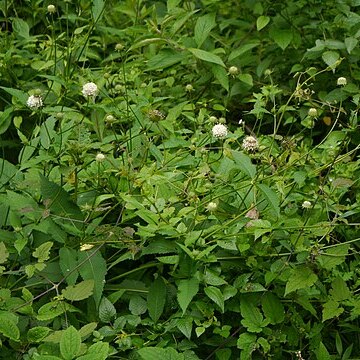Herbs, perennial, 0.5-2 m tall. Taproots clavate, up to 3.5 cm in diam. Stems branched, usually 6-ridged, ridges sparsely spiny. Basal leaves rosulate, often wilted at anthesis, long petiolate; leaf blade elliptic, 5-13 × ca. 3.5 cm, undivided, margin serrate, or 3-or 5-segmented; terminal segment much larger; cauline leaves subsessile or with petiole up to 7 cm; leaf blade broadly lanceolate, 10-22 × 3.5-7 cm, trifid or pinnatifid; lateral segments in 2 or 3 pairs; terminal segment larger, ovate, all segments yellowish hirsute on both surfaces, margins serrate. Capitula 1 or 3, 2-3.5 cm in diam. at anthesis and in fruit; peduncles up to 40 cm; involucral bracts linear, white hirsute; bracts lanceolate or obovate-lanceolate, 14-20 mm at anthesis, rostrum 5-9 mm, setose and hirsute; involucels ovoid-columnar, 5-8 mm. Corolla white or yellowish, funnelform, 11-15 mm; tube 3.5-4 mm; lobes unequal. Stamens exserted. Style strongly exserted. Achenes narrowly ellipsoid, ca. 4.5 × 1.5 mm, 4-angular, glabrous. Fl. Jul-Aug, fr. Aug-Oct.
More
A prickly herb. It grows from 30 cm to 3 m tall. Dipsacus inermis var. mitis is smaller than Dipsacus inermis. The leaves are alternate. The leaves on the stem have lobes. The flowers heads are many. The flowers are funnel shaped and white or yellow. The fruits are one seeded.
Humus rich soils amongst scrub and in forests; at elevations from 1,700-3,900 metres in the Himalayas.
More
It is a temperate plant. In Pakistan it grows between 1,600-3,500 m altitude. In Yunnan.

